Xijiashan Folk House
Xijiashan Folk House
Xijiashan Residence, a national key cultural relic protection unit and national AAAA-level tourist attraction, is located in Xijiashan Town, Jiang'an County, Yibin City, Sichuan Province. It was built in the 40th year of Wanli in Ming Dynasty (AD 1612). It was expanded and completed in Qing Dynasty. It is a typical feudal landlord manor in southern Sichuan. It is the product and material evidence of self-sufficiency of feudal natural economy. Its long history and good preservation are extremely rare in southern Sichuan and even in the whole country.
The architectural development history of Xijiashan folk house is a social and custom history of Sichuan folk since the end of Ming Dynasty. Xijiashan folk house is known as "living fossil of Chinese folk architecture" and "essence of Shenzhou folk architecture", which is of great value to the study of Chinese folk architecture history, folk art history, folk custom history and social history of southern Sichuan.
There are a large number of Zhennan around the dwellings, and there are tens of thousands of national second-class protected animals, egrets and sparrows, forming a rare "natural egret park" in China.
Protection of cultural relics
Xijiashan folk residence is a rare artistic essence which combines the history of Chinese folk architecture, folk art, folk custom and social history of southern Sichuan.
In 1988, with the approval of the provincial, municipal and county editorial committees, the Xijiashan Folklore Museum in Sichuan Province was established, and a folk exhibition with rich contents reflecting the customs of Han nationality in southern Sichuan was opened. In 1996, it was approved by the State Council as the "State Key Cultural Relics Protection Unit". In 2006, it was assessed as a national AAAA-level tourist attraction.
Travel information
Wedding performance
The performance of marriage custom in Xijiashan ancient folk house shows an important part of the Han nationality custom in South Sichuan, namely the wedding celebration. The whole performance includes "lift a sedan chair", "return a horse", "worship a hall" and "enter a cave". The atmosphere is lively, the scene is grand, the festival is solemn, quite interesting, entertaining and participatory.
Natural Heron Park
The Heron storks (also known as white cranes, the second-class protected birds) gathered in the lush Zhennan forest of Xijiashan folk residence have a large number of people and a concentrated area. This miracle and spectacle has a history of more than 200 years. There are still more than 7,000 egrets living and multiplying here all the year round, which has become a rare landscape in the world. Therefore, CCTV has filmed a special TV film here. China's One Wonderful. Xijiashan residential area is also known as "natural heron park".
Tourism season
Yibin City is a humid monsoon climate area in Central Asia and has the climate attribute of South Asia tropics. There are plenty of heat in the four seasons, and the frost-free period is 347 days. The average annual temperature is 17.9 C. The best time to go to Xijiashan Residence is June-October.
Scenic food
Lizhuang white meat, Nanxi tofu dried, Yibin burning noodles, Yibin broken rice sprouts, Wuliangye series liquor, sprouts and bamboo shoots; black tea; chicken shredded tofu brain; Longxu egg noodles; Pingshan set vinegar; Yibin plate duck; Baixi Chao Cake and so on.
Traffic survey
Bus: You can take a bus or a ship from Yibin to Jiang'an County on the Yangtze River, and then change to a bus. It takes about 40 minutes to drive Jiashan Mountain from Jiang'an to Xi'an.
Self-driving: Jiang'an County Government 1. From the starting point to the west, drive 210 meters, straight 2. Drive 10 meters, turn left into the middle section of Zhudu Avenue 3. Drive 400 meters along the middle section of Zhudu Avenue, turn right into Xuefu Road 4. Drive 170 meters along Xuefu Road, turn right into S308 5, drive 400 meters along S308 5, turn left into Nanzheng Street 6. Drive 390 meters along Nanzheng Street and straight into North Zhengjie Street 7. Drive 280 metres along Beizheng Street, turn left into Binjiang Road 8. Drive 40 metres along Binjiang Road, and reach the end point (on the right side of the road) Xijiashan Residence.
Shopping Directory
Shopping summary: Yibin is located at the junction of Sichuan, Guizhou and Yunnan provinces. It is the junction of Sichuan Basin and Yunnan-Guizhou Plateau. Minjiang River and Jinshajiang River converge here to form the Yangtze River. Such geographical features and distribution of water system have contributed to Yibin's rich products. The famous commodities made from these products are Yibin black tea, Jinsi beef, Xufu sprouts, Wuliangye, etc.
Bamboo technology
Since the Ming Dynasty, with its rugged, simple and exquisite artistic features, it has won the gold medal at Panama International Expo in 1919. Up to now, it has seven kinds of midday craft products: bamboo spring, bamboo chopsticks, bamboo tube, bamboo root carving, bamboo knitting, bamboo furniture and bamboo architecture. The bamboo spring, which is made from the inner wall of Nanbamboo tube, is yellow in color. It is used for inlaying, carving, making jewelry boxes, papermaking and other handicraft products. It is elegant and luxurious, and is known as "bamboo ivory". Bamboo chopsticks, with hollow carved lion head chopsticks as the top crafts, contain treasures, empty flowers, treasure collection, single and double lions and dozens of other products, are sold at home and abroad.
Bamboo tube is made of concave bamboo and bamboo with human face as raw materials. It is divided into empty, ancient carving, leather carving, Yang carving, Yin carving and other categories. It carves dragon and phoenix, characters, landscapes and so on. It is cherished and collected by people.
Bamboo root carving uses abandoned bamboo root to turn waste into treasure. With its special shape, bamboo root carving carves longevity stars, Arhats, ladies and birds and animals, which are popular with tourists.
Pictures From: http://bbs.fengniao.com/forum/2385978.html
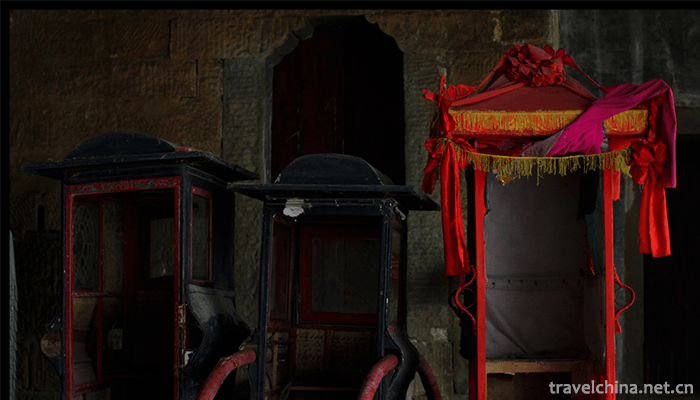
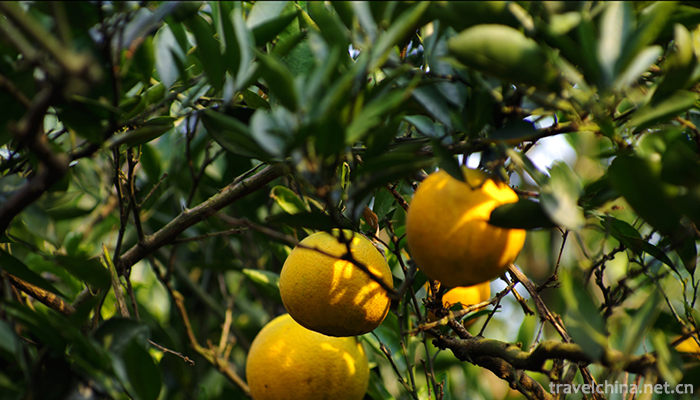
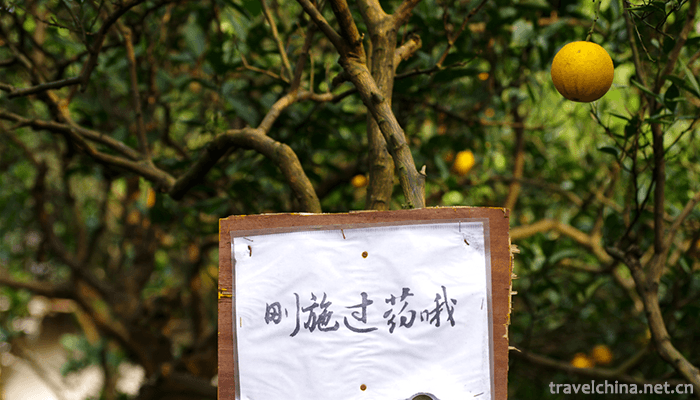
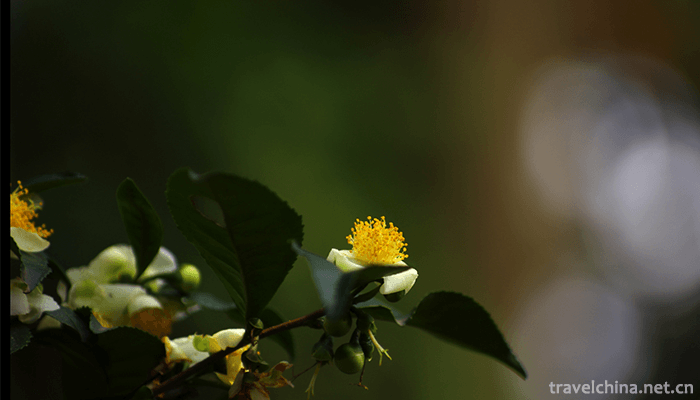

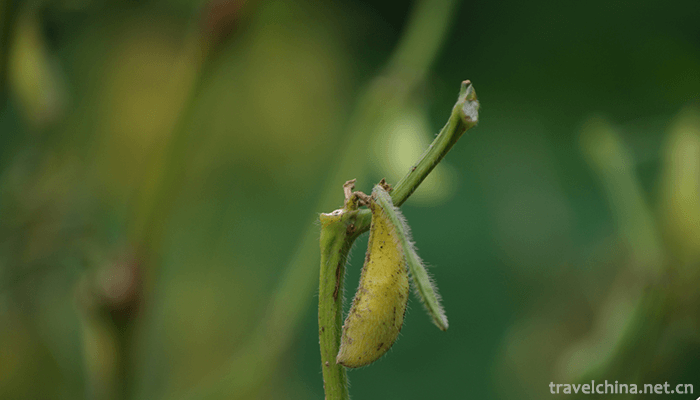
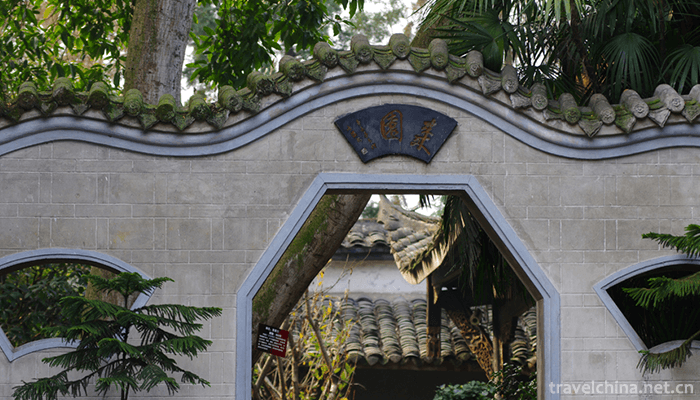
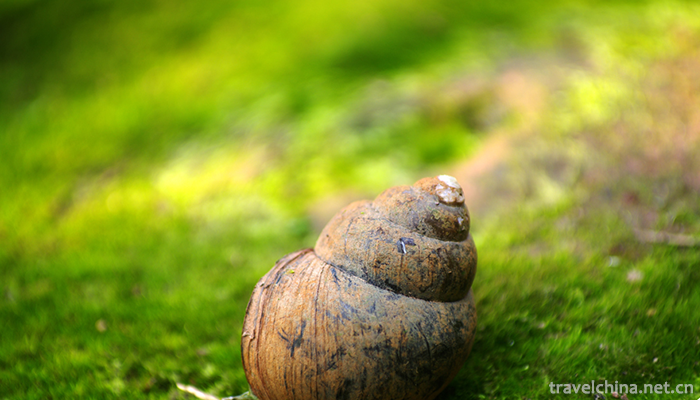
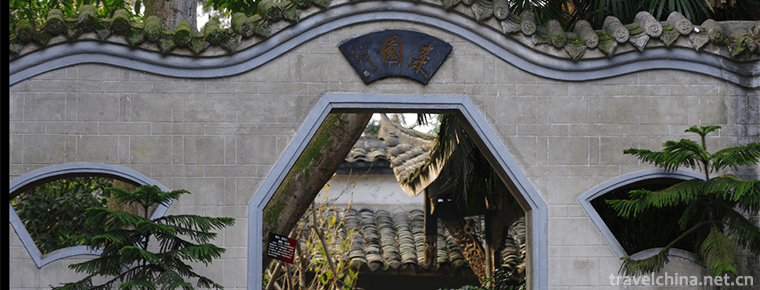
-
1.stired egg and tomato
Scrambled eggs with tomatoes, also known as tomato scrambled eggs, is a common popular dish among many people's families. The cooking method is simple and easy to learn, and the nutrition is reasonabl
Time 2018-10-27 -
2.Beigushan HillBeigu Mountain
Beigu Mountain, one of the three scenic spots in Zhenjiang, overlooks Beigu, pillows the river, rocky walls, and the mountain is dangerous, so it is named Beigu Mountain
Time 2018-12-06 -
3.Baiyundong Tourist Area Kongshan
Baiyundong in Kongshan Mountain is a national key scenic spot, National Geological Park and national AAAA level scenic spot. Located in Lincheng County of Xingtai City
Time 2019-01-29 -
4.Yaoshi Scenic Spot
The Youshi Scenic Spot is located on the South Bank of Youshi Hainan, Haojiang District, Shantou City, across the sea from Jinping District. It is the first provincial-level scenic spots in Guangdong
Time 2019-02-07 -
5.Anshun land Opera
Anshun Dixi Opera, a local traditional drama in Anshun City, Guizhou Province, is one of the national intangible cultural heritage.
Time 2019-04-01 -
6.Laiwu Bangzi
Laiwu Bangzi, also known as Laiwu Bangzi, is a unique opera in China. It has a history of more than 200 years and is a wonderful flower in traditional Chinese local operas.
Time 2019-05-10 -
7.Miao Lusheng Dance
Lusheng dance, also known as "stepping on Lusheng" and "stepping on the singing hall", is named for its accompaniment and self-boasting dance. It spreads in the Miao, Dong, Buyi, S
Time 2019-06-05 -
8.Bronze drum dance
Tonggu dance is one of the most popular and influential ancient dances among the Zhuang and Yi people in Wenshan Zhuang and Miao Autonomous Prefecture of Yunnan Province. It is distributed in Zhuang a
Time 2019-06-21 -
9.Childrens play
Tongzi Opera is a form of performance in folk prayer activities in Jiangsu Province. It is popular in Nantong City of Jiangsu Province and in the central and western parts of Tongzhou City and its sur
Time 2019-06-23 -
10.Notes on Tourism in Ganzi Prefecture
1. Ganzi Prefecture is characterized by Tibetan culture, snow mountain and grassland scenery, with high average sea level. Most people will have altitude reaction when they go to Ganzi Prefecture. To prevent and deal with altitude reaction, please refer to the precautions for altitude reaction.
Time 2020-12-06 -
11.Education in Panzhihua
By the end of 2018, Panzhihua had 2 ordinary colleges and universities, 56 ordinary secondary schools, 7 secondary professional schools, 60 primary schools and 194 kindergartens. There are 26617 students in Colleges and universities, 72372 students in secondary schools
Time 2020-12-14 -
12.Biological resources in Dazhou
There are more than 400 species of vertebrates in Dazhou City, including 60 kinds of mammals, 230 kinds of birds, 14 kinds of reptiles, 10 kinds of amphibians and 85 kinds of fish. There are 52 species of national and provincial key protected wild an
Time 2020-12-20